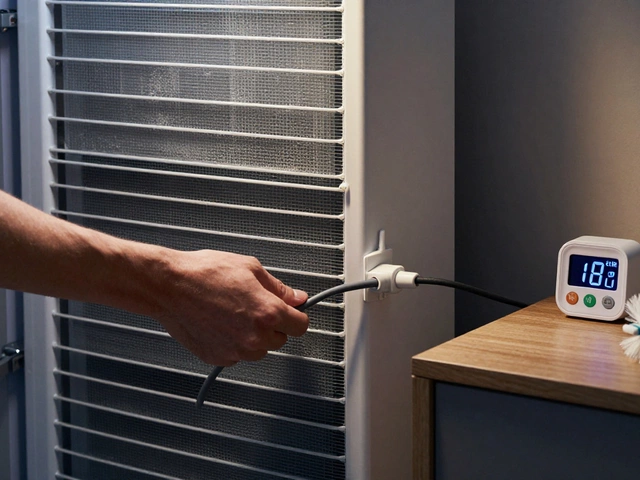Oven Repair Costs Explained – What You Need to Know
If your oven stopped heating, makes weird noises, or shows error codes, the first question is always the same: how much will it cost to fix? The answer depends on a few key things, but you don’t need to be a tech whiz to understand them. Below we break down the main cost drivers, typical price ranges in the UK, and tips to avoid surprise charges.
What Determines the Price of an Oven Repair?
1. Type of problem – A simple thermostat swap is cheap, usually under £80. Replacing a heating element or control board can push the bill to £150‑£250 because the parts are pricier and the work takes longer.
2. Oven make and model – Brand‑name ovens (like Bosch or Miele) often use proprietary parts that cost more. Generic or older models tend to have cheaper spares.
3. Age of the appliance – A 10‑year‑old oven may need more extensive labour, especially if wires have corroded. Technicians might recommend a replacement instead of a costly fix.
4. Location and service call fee – In Weymouth, most local repair companies charge a £30‑£50 call-out fee that’s usually applied to the final bill if you go ahead with the repair.
5. Urgency – Emergency or same‑day service can add a premium of £20‑£40. If you can wait 48‑72 hours, you’ll save that extra charge.
Typical Cost Ranges in the UK
Here’s a quick snapshot of what most homeowners see:
- Thermostat or sensor replacement: £60‑£100
- Heating element: £120‑£200 (part + labour)
- Control board or PCB: £150‑£300
- Full oven overhaul (multiple parts): £250‑£500
These numbers include the call-out fee and standard labour rates (roughly £45‑£65 per hour). Prices can vary a bit depending on whether you hire a national chain or a local Weymouth specialist.
Want a guaranteed price before any work starts? Ask for a written estimate that lists parts, labour, and any extra fees. Reputable technicians will give you a clear breakdown and stick to it.
DIY vs. professional – If you’re comfortable with basic tools, swapping a heating element can be a weekend project. However, many ovens have safety interlocks, sealed panels, or electronic controls that require a certified technician. Mistakes can lead to higher bills or even a safety hazard.
How to keep repair costs down:
- Regularly clean the oven and check for loose connections. A clean oven runs cooler and puts less strain on components.
- Schedule a preventive service once a year. Spotting a worn part early often means a cheaper fix.
- Compare quotes from at least two local providers in Weymouth. Prices for the same part can differ.
- Ask if the company offers a parts warranty. Some repairs include a 12‑month guarantee on labour and spares.
- Consider refurbished parts. Reputable shops sometimes stock reconditioned heating elements that work like new for a fraction of the price.
At Weymouth Appliance Repair Services, we charge a transparent £35 call‑out fee and provide a no‑surprise estimate before any work begins. Our technicians are trained on all major brands, and we offer a 12‑month warranty on parts and labour.
Bottom line: oven repair isn’t a mystery. By understanding what drives the price, getting clear quotes, and keeping up with routine maintenance, you can avoid blowing your budget. If you’re unsure whether to fix or replace, give us a call – we’ll do a quick assessment and help you decide the most cost‑effective route.
Is It Worth Repairing a 7 Year Old Oven? Cost, Lifespan & Expert Advice
- Alden Wilder
- Jul 24 2025
- 0 Comments
Thinking about repairing your 7-year-old oven? Learn about oven lifespan, repair costs, reliability, and when it’s smarter to replace rather than fix. Honest advice for homeowners.
View More




